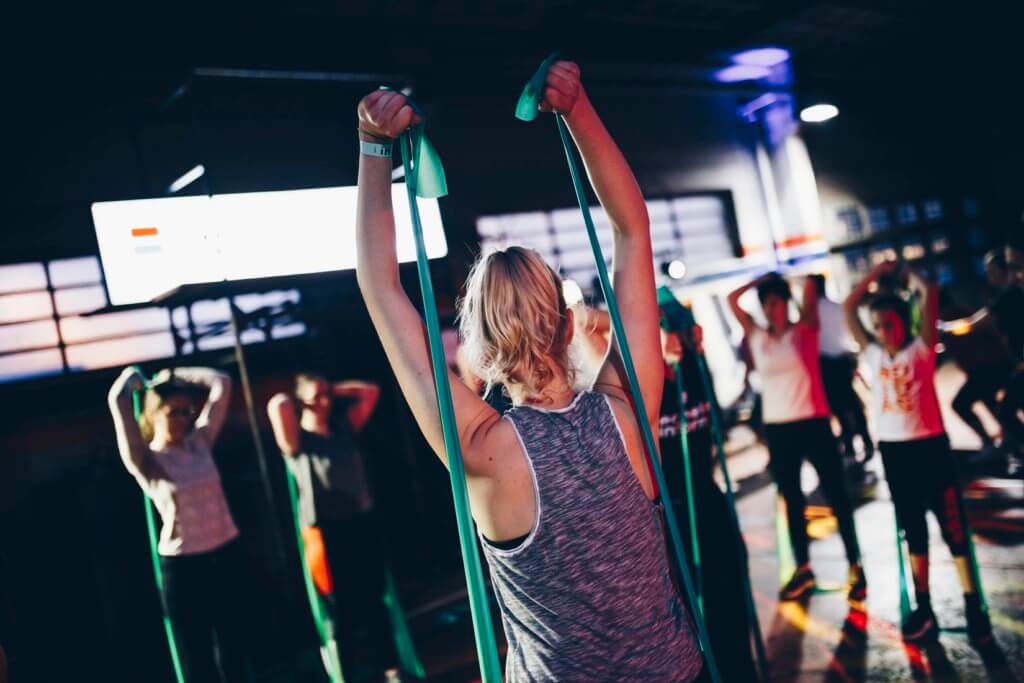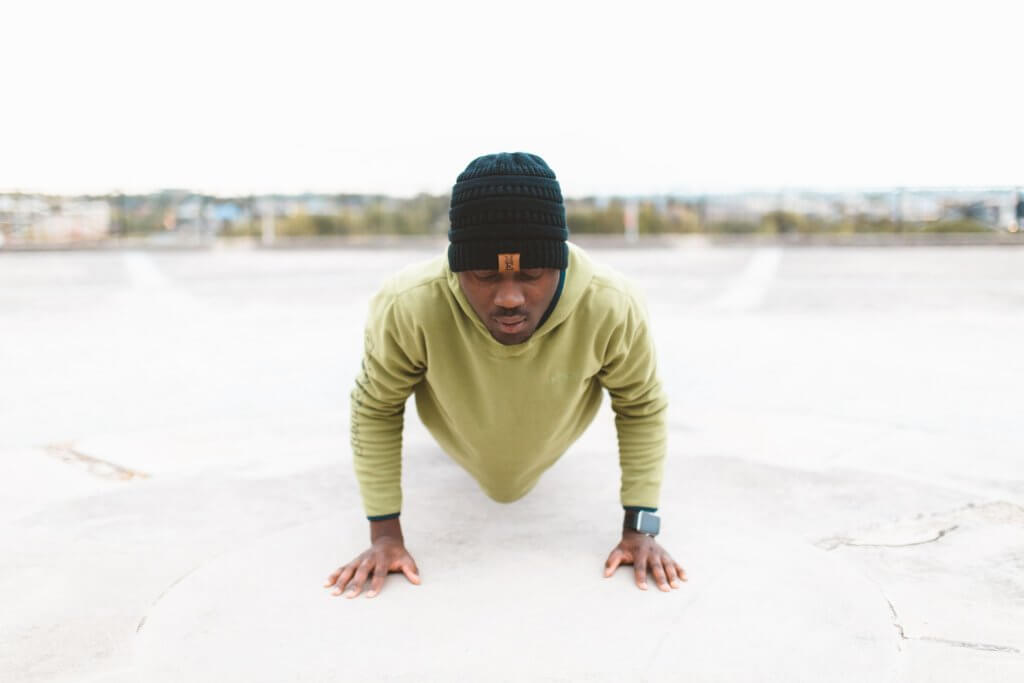Hiking is one of the most rewarding experiences that one can possibly encounter in the outdoors. It allows you to put away your phone, breath in the fresh air and truly connect with nature and all it has to offer.
Although hiking can be a fun an healthy way to get outside, it is definitely in your best interest to ease into it, especially if you’re a novice hiker. Terrain can become extremely uneven, steep slopes can get the better of your fitness and unpredictable weather can catch you off guard. You don’t want to start your new found enthusiasm for hiking by climbing the nearest 2,000m climb – the physical toll might take away from the gratifying experience. Before you start on that mountain, make sure that your body is ready for the ascent. Here are a few exercises that you can practice during the week that will help strengthen your body in order to prepare it for your future hikes!
1. Run/Walk in the Sand
Running or walking on the beach is a great way to ready your muscles for the uneven terrain of a mountain. The soft, moveable sand means that the tiny muscles in your legs and feet have to work twice as hard to stabilize you, much like they will have to do when you are hiking. Also, walking or running on uneven sand means that your heart will also have to work a bit harder than if you were running on flat pavement. So, you’ll be training your heart to pump harder when the going gets tough – and, trust, me, the going will get tough!
2. Resistance Band Strengthening

Not only do resistance bands strengthen your muscles, but they also stretch out your muscles. You can do hundreds of different exercises with resistance bands, but here are a few to get you started:
Side Steps
Tie the resistance band into a loop. Step into the loop, placing it just above your ankles. Place your feet shoulder-width apart, creating tension in the band. Shift down into a half squat position. From this position, step one foot out to the side and then bring the other foot to the centre, keeping the band tight, essentially walking sideways. Take 10 steps and then walk the other way.
Glute Bridge
Tie the band around your legs about your knees. Lie on your back with your feet flat on the floor, bending your knees at a 90-degree angle. From this position, slowly raise your hips until your shoulders, hips, and knees align, keeping your glutes tight the whole time. Repeat this motion 15 to 20 times, rest, and then repeat.
Leg Curl
Lie down on your stomach and loop the band around one of your ankles and then tie the other end of the band to a door or some other anchor. Move away from the anchor to create tension. Tighten your core and then bend your leg at the knee, bringing your heel toward your bum as far as you can go. Repeat this motion 15 to 20 times and then switch legs.
3. Standing on a tennis ball or balance disk
As stated before, the terrain on mountains can be extremely uneven. With roots, loose gravel, and rocks, it can be very easy to twist an ankle or lose your balance. In order to avoid this, you’ll want to train the small stabilizing muscles in your ankles and feet. One way to do this is to practice standing on a tennis ball or a balance disk. With shoes on, simply stand with one foot on a tennis ball, making sure you are near a wall that can help you keep your balance should you need it.
4. Abdominal Exercises

Hiking for multiple hours with a backpack on your back requires a lot of core strength. Here are a few different exercises that isolate your abs in order to strengthen them.
Bicycles
Lay on your back and come up to a crunch position with your legs up and bent at a 90-degree angle. From here, bring your right elbow and your right knee to each other, and then bring your left elbow and your right knee together. Do this for 30 seconds, rest, and repeat.
Side Crunch
This is essentially a normal crunch but performed while laying on your side. Do this for 30 seconds on each side, rest, and repeat.
Rope Climbers
Lay on your back and bring your legs straight up, pointing to the sky. From here, bring your arms over your head, then reach up to touch your toes. Do this for 30 seconds, rest, and repeat.
Double Leg Lower
Lay on your back with your legs straight out in front of you. Place both of your hands under your bum, lift your legs straight up and then slowly lower them back down to the ground. Repeat this motion for 30 seconds, rest, and repeat.
Penguins
Lay on your back with your feet planted flat on the ground. Put your arms out at your sides and reach each hand to the corresponding ankle, first on the left, then on the right. Wobble like this for about one minute.
Mobility Matters: Everyday Exercises to Improve Your Overall Performance
5. Squats/Lunges
A huge part of hiking has to do with your quad muscles – from climbing steep angles to crawling up and over rocks, your quadriceps will need to be braced from some heavy-duty lifting! Squats and lunges are an amazing exercise to strengthen these muscles. Do 30 squats and then 30 lunges. Rest, and then repeat three times. As your muscles get stronger, increase the reps!
6. Step Ups
Stand in front of a park bench. Take your right leg and plant it firmly on the bench and then accelerate your body up using that leg. Step back down and repeat with this with the other leg. Do this for one minute, rest, and then repeat. This exercise will not only strengthen your quads but it will strengthen your hips and give your stabilizing muscles a run for their money as you try to balance on the bench.
7. Push-ups

Push-ups are one of the simplest exercises but can pack one hell of a punch. If you can’t do a full push-up yet, do a modified push up by lowering your knees to the ground in order to build your arm muscles up until you can push your knees up and do a full push-up.
8. Walking with Backpack
Take some walks with the gear that you would be using on your hikes. Two to three times per week, fill up your hiking backpack with all of the things that you think you would need for a day out, strap on your hiking boots, and take a walk! This will get your feet used to your hiking shoes and your back will get used to the weight of your pack.
Enjoy!
Check out our Hard as Nails podcast:
Like this? Check out these other articles:










